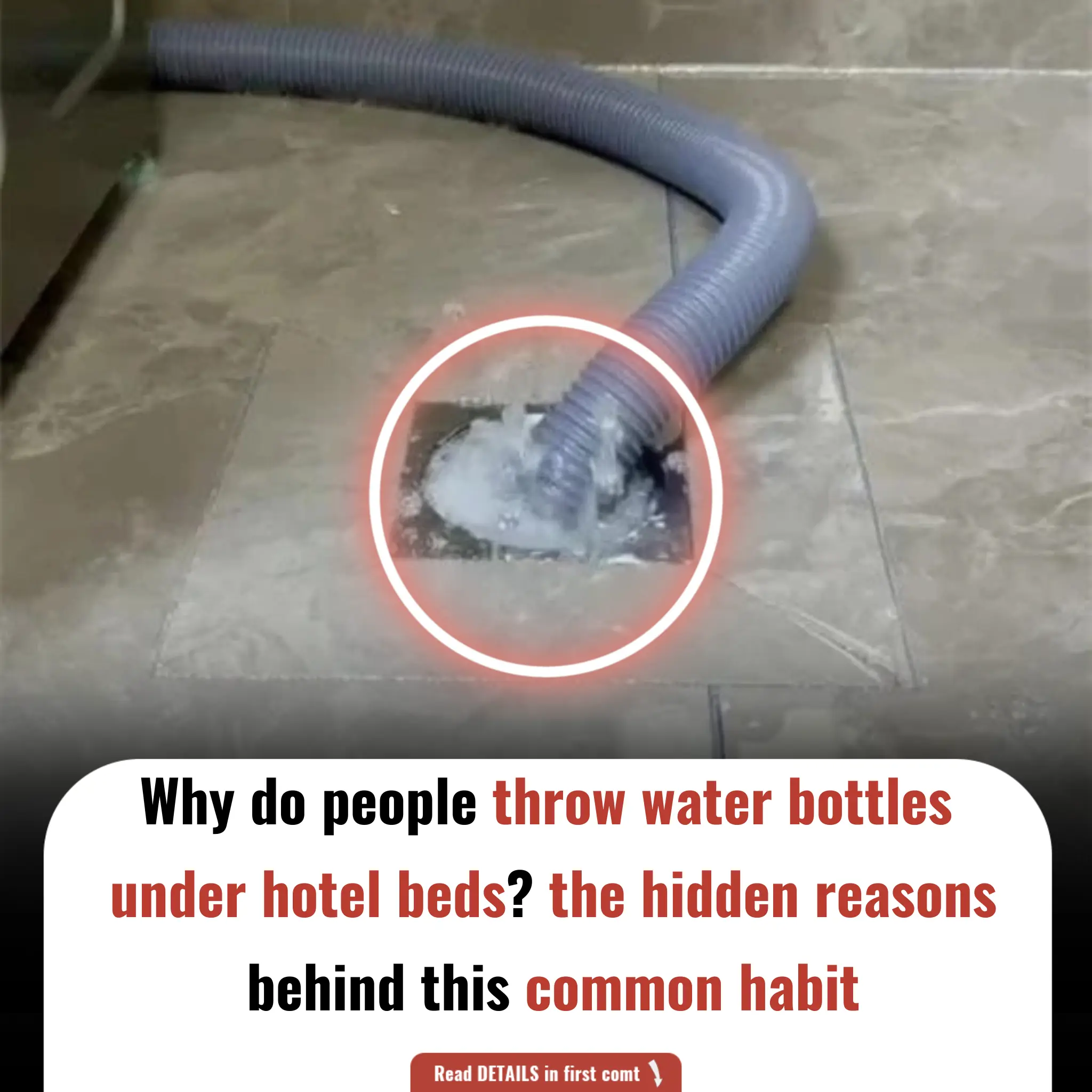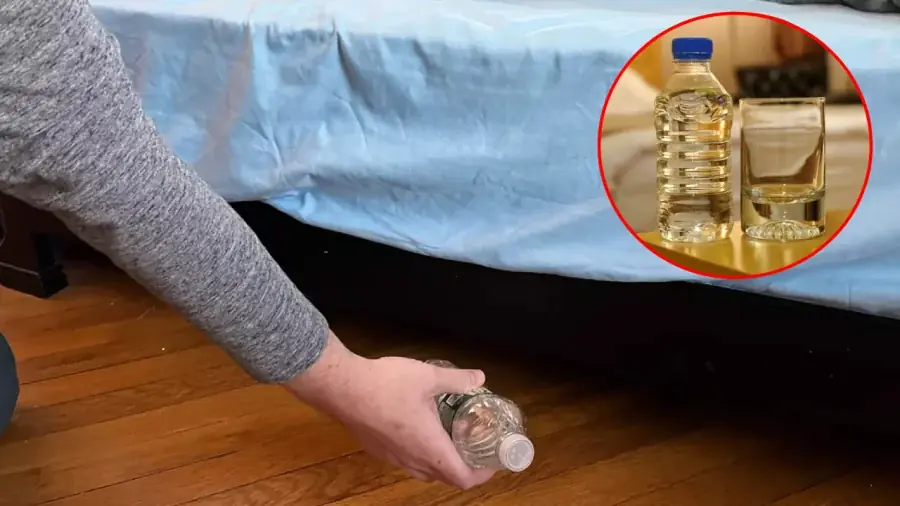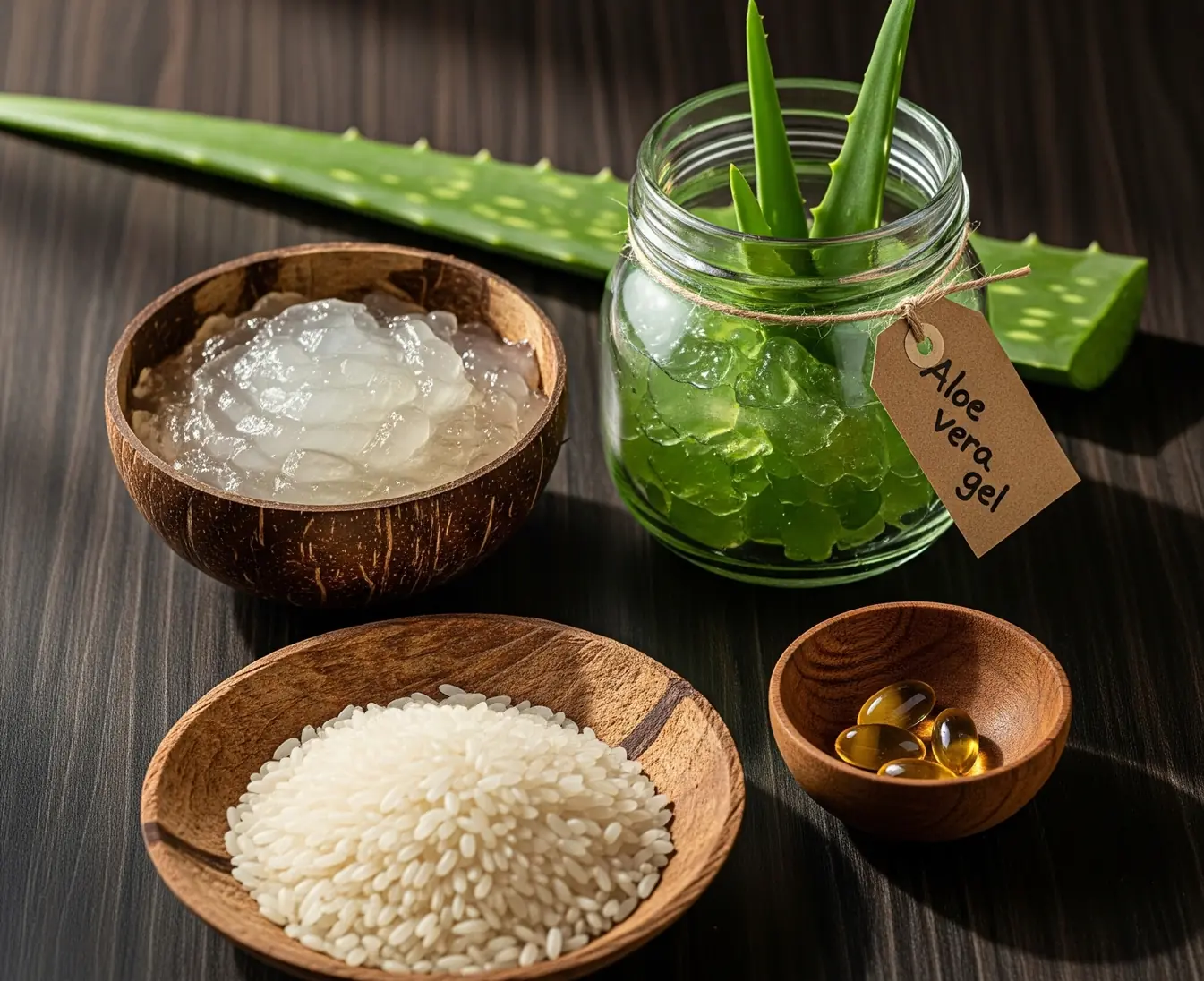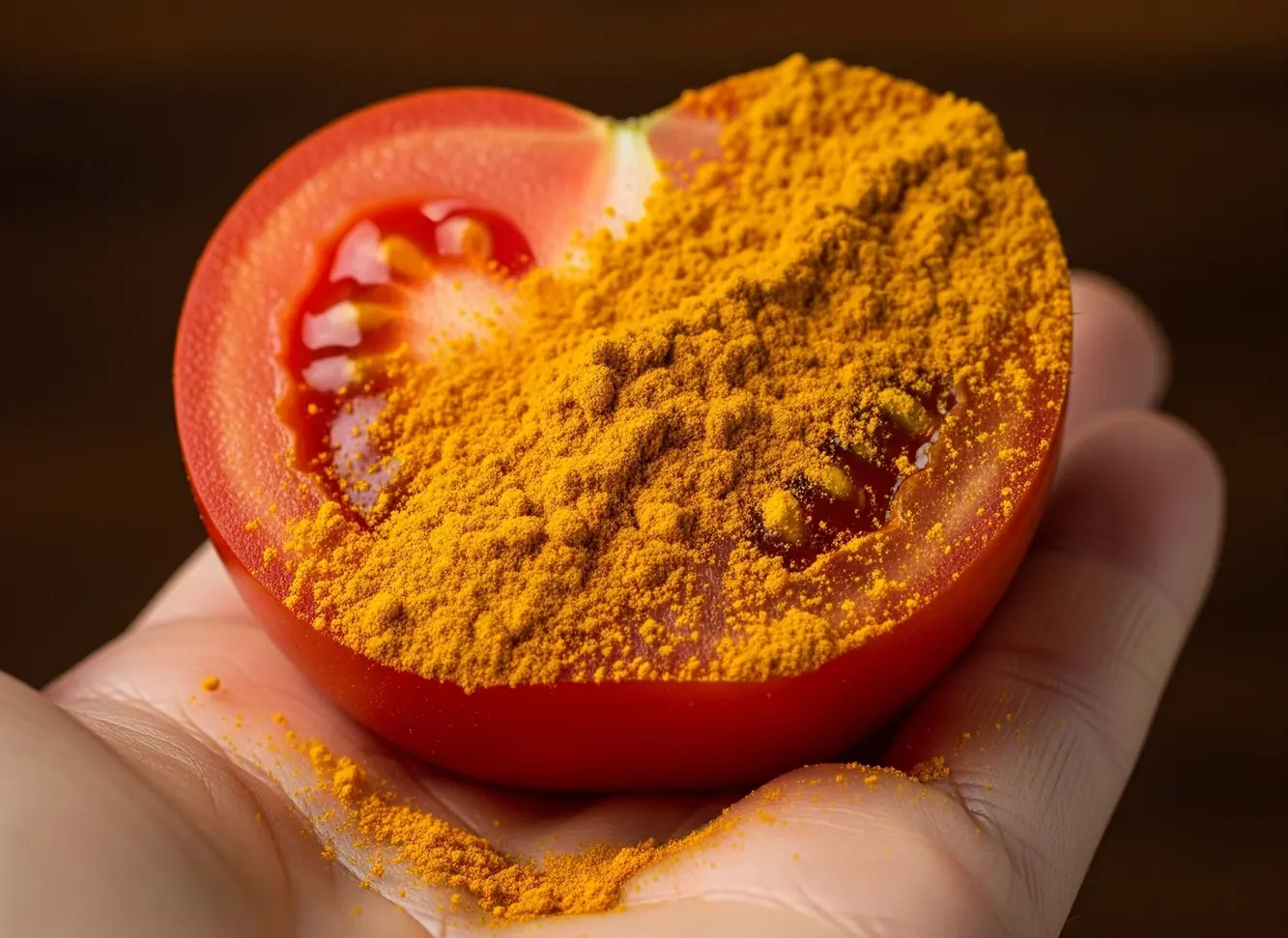
5 Common Electric Kettle Mistakes That Could Lead to Serious Accidents
Electric kettles are a staple in nearly every household, offering quick and convenient boiling. However, improper use can lead to dangerous accidents.
Introduction: The Hidden Dangers of Everyday Convenience
Electric kettles are among the most commonly used household appliances, appreciated for their efficiency in boiling water for tea, coffee, and instant meals. Despite their widespread use, many people unknowingly make mistakes that can compromise safety and shorten the appliance's lifespan. Understanding these common errors is crucial to ensure both personal safety and the longevity of your electric kettle.
1. Overfilling the Kettle Beyond the Maximum Mark
One prevalent mistake is filling the kettle with water beyond the maximum fill line. Doing so can cause water to boil over, leading to burns or electrical hazards if the water spills onto the base or electrical components. Always adhere to the manufacturer's guidelines regarding the maximum water level to prevent such risks.
2. Plugging in the Kettle Before Adding Water
Some users habitually plug in the kettle before filling it with water. This practice is hazardous because the heating element can overheat without water to absorb the heat, potentially leading to a fire or permanent damage to the kettle. To ensure safety, always fill the kettle with water before plugging it in.
3. Neglecting Regular Cleaning and Descaling
Over time, mineral deposits from water can accumulate at the bottom of the kettle. If not cleaned regularly, these deposits can affect the kettle's performance and may even contaminate the water with harmful substances. To maintain the kettle's efficiency and water quality, it's advisable to clean and descale it periodically using appropriate cleaning agents.
4. Failing to Dry the Base Before Replacing the Kettle
After boiling water, some users place the kettle back onto its base without ensuring the base is dry. Moisture can cause electrical short circuits or corrosion, posing safety risks. Always wipe the base of the kettle and the heating plate dry before reassembling to prevent such issues.
5. Using Kettles Made from Substandard Materials
Not all electric kettles are made from food-grade materials. Inferior materials can leach harmful substances into the water when heated. It's essential to choose kettles made from high-quality, food-safe materials to ensure the safety of the water you consume.
Conclusion: Prioritize Safety for a Longer-Lasting Kettle
While electric kettles are designed for convenience, improper use can lead to accidents and health risks. By avoiding these common mistakes, you can ensure the safety of your household and extend the lifespan of your appliance. Always follow the manufacturer's instructions and perform regular maintenance to keep your electric kettle in optimal condition.
News in the same category


Why flight attendants never carry a single banana on board: the surprising story behind the 'fruit of happiness'

How to lower uric acid: Top diet choices and foods to prevent gout

4 household appliances that are energy hogs and how to tame them

Why Dogs Are More Sensitive and Alert During Thunderstorms Than Humans: The Science Behind Their Unique Instincts

Why Experts Recommend Putting Your Luggage in the Bathtub After Checking in: Turns Out It Has Many Unexpected Benefits

Experts reveal the effects on your body from eating one meal a day after a sh0cking simulation

Major medical breakthrough: Korean researchers discover “Undo” mechanism to transform tumor cells back to normal

If you often notice ringing in your ears, this might be a sign that you will suffer from ...

Drink water on an empty stomach right after waking up for 1 month and see how you transform physically and mentally

5 types of food that can do wonder for your gut health and digestion

Scientists may have uncovered the reason why weight tends to rebound after loss

The truth about cold water: 5 health concerns you should know

Should you buy straight shrimp or curved shrimp at the market? I just learned today that there's such a big difference

Should you choose purple garlic or white garlic? Many housewives think they're the same, but in reality, they're not

Why you should never insert your washing machine drain hose directly into the floor drain: expert advice

Why Do People Throw Water Bottles Under Hotel Beds? The Hidden Reasons Behind This Common Habit

Why do hotels set check-out time at 12 pm? Unveiling the practical reasons

Early warnings signs and symptoms of ovarian canc3r everywoman should be aware of
News Post

How to Use Coffee to Erase Dark Circles Naturally: Easy Recipe Every Woman Can Make At Home
Coffee contains caffeine, a natural stimulant with several properties that make it ideal for treating under-eye darknes.

DIY Brow Boosting Serum: Natural, Proven Recipe to Grow Thick, Full Eyebrows in Weeks
This DIY Brow Boosting Serum offers a gentle, natural, and effective alternative for eyebrow enhancement.

Top professions with heavy karmic consequences - even if they earn billions, avoid doing them

Why flight attendants never carry a single banana on board: the surprising story behind the 'fruit of happiness'

How Standing Up to My Mother-in-Law Saved Our Marriage and Built a Stronger Family
After years of tension and control, I confronted my demanding mother-in-law and reclaimed my home and marriage. Discover how facing conflict head-on transformed our family life, rebuilt trust, and sparked new beginnings.

MY BOYS BROUGHT HOME A SH0CKING SECRET FROM THE DIS@BLED NEIGHBOR
Some people live, and some just wait. My lonely old neighbor, VICTOR, was the latter kind. He would sit in his wheelchair every day, staring at the road like he was waiting for something that never came. He never smiled or spoke more than a word… until.

How a Young Man’s Mysterious Past and a Christmas Eve Act of Kindness Changed Two Lives Forever
On a freezing Christmas Eve, a young man’s hidden past comes to light, sparking a journey of compassion, redemption, and unexpected family bonds. Discover how a simple act of kindness transformed lives in this heartfelt story of resilience and hope.

How Love and Perseverance Helped Aaron Overcome Bias and Build a Successful Life
Discover the inspiring journey of Aaron and his partner, who faced cultural bias and judgment but built a loving family and a thriving career. A story of resilience, acceptance, and embracing your true worth.

Transform Your Skin with These 11 DIY Detox Waters for Radiance and Clarity
These drinks provide antioxidants, anti-inflammatory agents, and hydration essential for cell repair, collagen production, and toxin elimination.

How to lower uric acid: Top diet choices and foods to prevent gout

Rice Face Cream, Japanese Secret For Glowing & Flawless Skin
By incorporating this nourishing cream into your routine, you harness the power of rice’s antioxidants, vitamins, and gentle moisturizing agents to smooth wrinkles, brighten your complexion, and enhance your skin’s natural resilience.

How to Make Flaxseed Gel for Wrinkle Reduction: Natural, Affordable, and Effective Anti-Aging Remedy
This DIY remedy pays homage to traditional wisdom while embracing modern skincare science.

How a Kind Teacher’s Meal Changed a Boy’s Life Forever — A Heartwarming Story of Gratitude and Hope
Discover the touching story of a young boy saved by a stranger’s kindness and the powerful promise that transformed their lives. A heartfelt journey of generosity, growth, and paying it forward.

MY HUSBAND'S CR:U:EL 'J0KE' AT HIS MOTHER'S PARTY WAS THE LAST STRAW

DIY Collagen-Boosting Drink That Reverses Your Age by 10 Years
By nourishing your body from within, enhancing gut health, and supporting collagen synthesis, you can experience firmer, plumper, and more radiant skin - potentially reversing years of aging.

How I F0ught Back When Everyone M0cked My Son — A Mother’s Fierce Stand for Love and Respect
Facing cr:u:el whispers and judgment, a mother refuses to stay silent as her son is m0cked. Discover how her fierce love and unwavering courage transformed their lives and inspired others to stand up for what truly matters.

Indian Hair Growth Oil Recipe That Actually Works – 2 Inches in 1 Month
This Indian hair growth oil is a tried-and-true remedy rooted in nature and tradition, offering a potent, affordable alternative to commercial products.

Living with My Parents in Our 30s: Why It’s the Best Choice for Our Family
Discover how living with my parents in our mid-30s transformed our family life—boosting support, love, and togetherness despite societal judgments. Embrace the strength in multigenerational living and redefine what family success truly means.

My Mom Wore Red to Match My Dad on Their 40th Anniversary—But Her Hidden Pa!n Changed Everything
On their 40th anniversary, a perfect photo hid a silent heartbreak. When my mom revealed the truth behind her smile and a mysterious journal appeared, everything about love and marriage changed.

10 Powerful Tomato-Based DIY Face Treatments to Brighten, Smooth & Rejuvenate
Tomatoes are nature’s gift to radiant skin, offering a gentle yet powerful remedy for common skin concerns like dark spots, wrinkles, acne, and dullness.